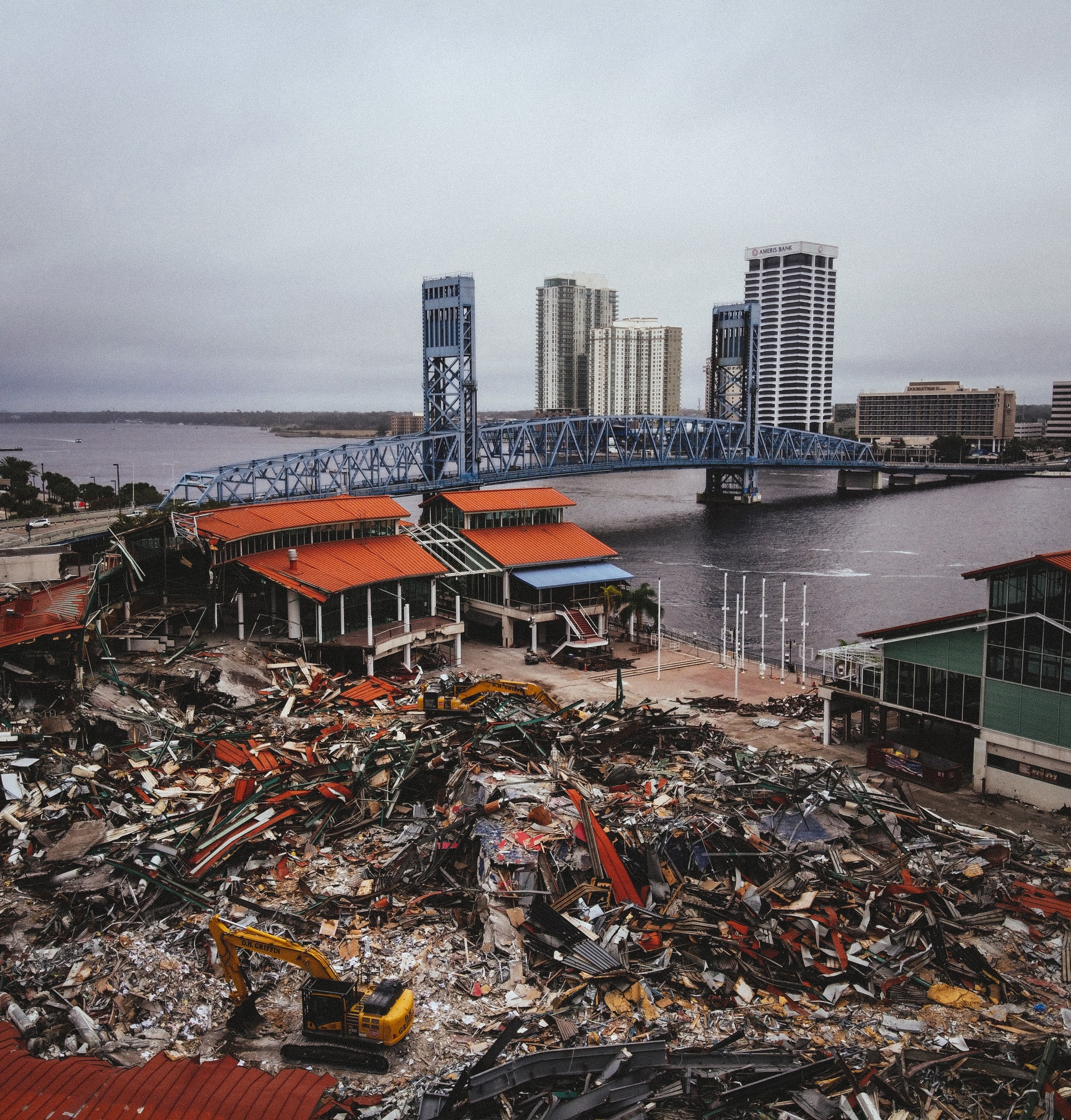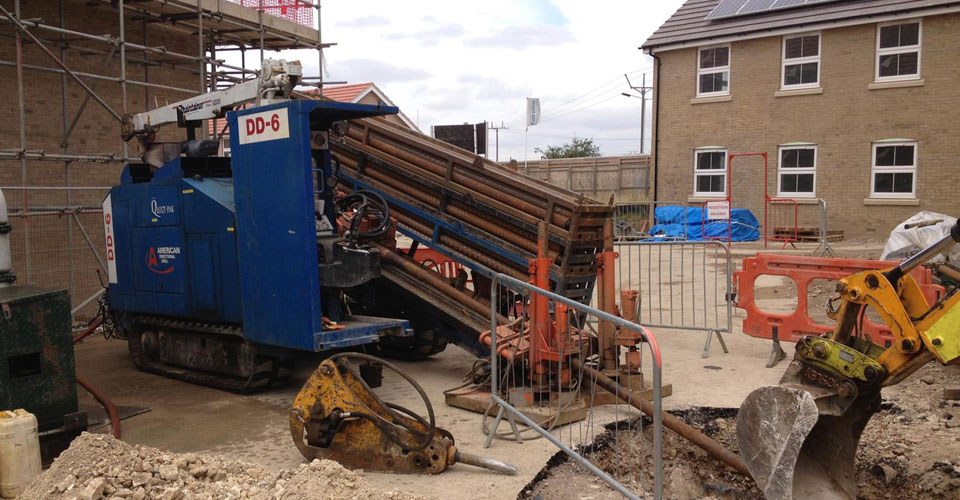There is an excellent chance that you’ll notice a construction work being implemented when you look around in the country of Australia. According to the Australian Bureau of Statistics, there is over 61 billion worth of construction work last year. Whether it’s a renovation or a new building, working on road construction and other major infrastructure, the construction industry in Australia is always busy.
The critical factor for any construction site is the management of traffic passing by near the site areas. Traffic control is one of the most crucial activities to create a safe construction workplace in Australia. Cars like mobile-powered plants are usually connected with death and injuries of some workers and the same with the general public as they were also involved in tasks like loading, unloading, and reversing while moving around the construction site.
Also, a construction site should need to consider the most effective and efficient method to protect the lives of pedestrians and workers from possible accidents. For this, a well-built planning and control system is needed for vehicle operation, and the involvement of pedestrians can help to create better traffic management in the construction area.
Why is Traffic Management Important for a Construction Site?
Generally, a construction site is an area of bustle and hustle. Several heavy machines and pieces of equipment are being utilized to implement different workloads daily. Hence, it turns out to be imperative to choose for traffic control measures in some cities and states in Australia when it comes to construction works.
The below-listed factors indicate the value of traffic management equipment hire around construction sites:
1. Lessen the Risk of Accidents and Injuries
It has been documented that most of the traffic accidents on construction sites happen at points where a vehicle and a pedestrian intersect with each other. The construction area’s entry and exit points, pedestrian crossings, and walkways have a higher risk of accidents, so implementation of traffic management personnel in these areas is a must to lessen crashes.
2. Following the Required Warnings and Signage
This is an alternative way of reducing the possibility of traffic accidents in construction areas. Make sure that all of the hazardous places are cleared so that pedestrians know where to and not to go. Your traffic control management plan should indicate and include essential factors such as secure parking spaces, pedestrian exclusion zones, and speed limits.
Also, signage plays an essential role in indicating visual warnings for security and safety on the roads. Utilizing warning signs such as bright barriers and flashing lights signify restricted zones and area limits for vehicles.
3. Creating a Partition Between Pedestrians and Vehicles
The following listed below actions will help in keeping both pedestrians and vehicles apart from each other:
- Entrance and Exits: Gives a separate exit and entry points for both pedestrians and vehicles
- Walkaways: Gives a firm and well-detailed walkways for a pedestrian that takes a reliable route
- Visibility: Ensuring that the drivers driving onto public route can see the roadways and walkways
- Crossing: Offer a signed and lit crossing areas where walkaways cross the roads
- Barriers: Consider installing a bright barrier in between walkaway and the roadway
- Obstructions: Prevent blocking the walkaways helps the pedestrians to avoid stepping to the vehicle ways.
Well-Executed traffic management can provide support in speeding up the process of the construction site without causing any harm to both pedestrians and workers.





